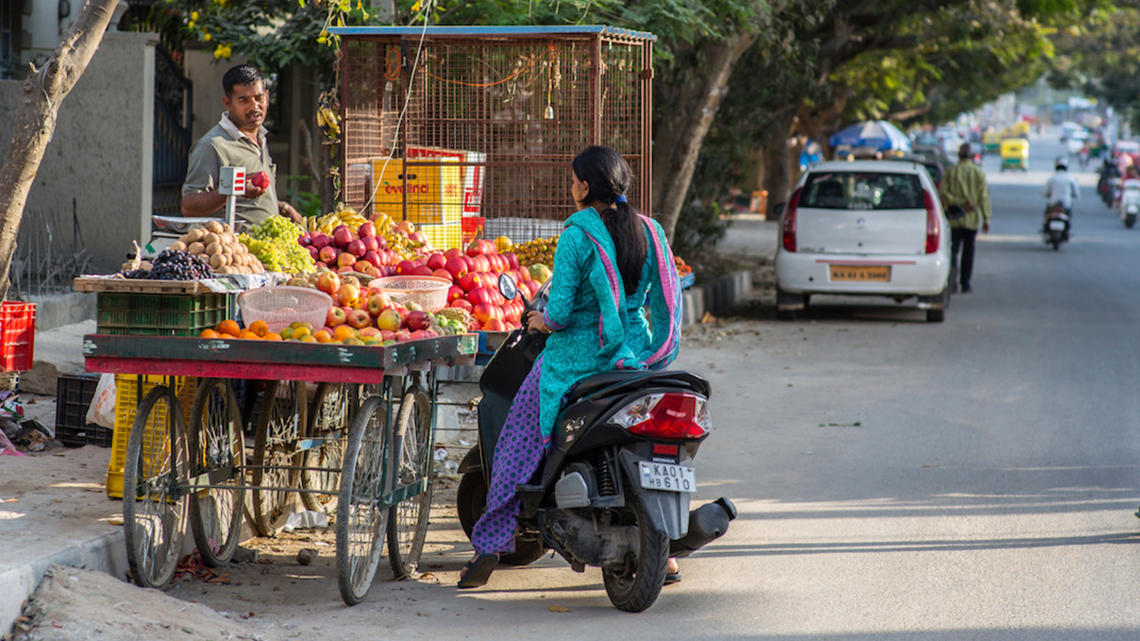Most lifestyle impacts come from four areas: our food, homes, transport and purchases (such as appliances, personal care and cleaning products, electronics, clothes, jewelry). Building a more sustainable lifestyle doesn’t just mean purchasing green products or changing behaviors; it requires us to address our lifestyle impact areas and demands step changes in food, energy, waste and mobility efficiency.
Here are examples of what sustainable lifestyles might look like.
Mobility is integrated, connected and on demand. Mobility is focused around hubs where people combine moving about with daily lifestyle dema ds such as retail, childcare, laundry and work meetings. Getting around is by the fastest and most efficient (intermodal) methods, all supported by ICT-connected mobility services. Walking, cycling and automated on-demand public transport reduce our reliance on personal vehicles.
Urban farming facilitates greener, cleaner cities and shorter supply chains. ICT plays a big role: connected appliances, together with wearables that monitor well-being, can drive healthier, aspirational diets, helping to shift shopping habits and eliminate food waste from farm to fork. We’ve also developed viable alternatives to animal proteins that people actually want to eat! Mobility plays a big role, for instance through more regular food deliveries and urban mobility and retail hubs.
Homes operate as integrated and smart systems. Renewable energy heats space and water, heat is recaptured from wastewater (which is itself reused for toilets) and appliances share energy and direct individuals to their most efficient use. Products used in the home work with each other, enabling secondary benefits such as detergents helping to clean wastewater in natural infrastructure solutions.

